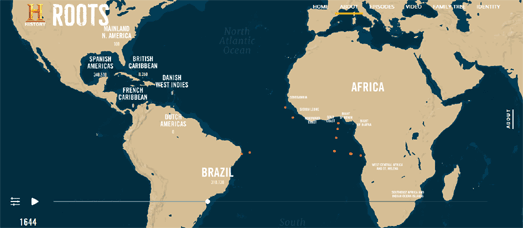Сообщения
Сообщения за май, 2016
Roots - The Interactive Map
- Получить ссылку
- X
- Электронная почта
- Другие приложения
New York Under Water
- Получить ссылку
- X
- Электронная почта
- Другие приложения
Slow Down GPS
- Получить ссылку
- X
- Электронная почта
- Другие приложения
Mapping the History of the World
- Получить ссылку
- X
- Электронная почта
- Другие приложения
Maps of the Week
- Получить ссылку
- X
- Электронная почта
- Другие приложения
Mapping the 1947 Partition of India
- Получить ссылку
- X
- Электронная почта
- Другие приложения
Searching for Map Patterns
- Получить ссылку
- X
- Электронная почта
- Другие приложения
Bend Me Over Backwards
- Получить ссылку
- X
- Электронная почта
- Другие приложения
The Nuclear Weapon Testing Map
- Получить ссылку
- X
- Электронная почта
- Другие приложения
The Game of Thrones Tracking Map
- Получить ссылку
- X
- Электронная почта
- Другие приложения
Rural Life on Map & Film
- Получить ссылку
- X
- Электронная почта
- Другие приложения
The Nice Guys Maps of 1970's LA
- Получить ссылку
- X
- Электронная почта
- Другие приложения
Bird Spotting on the Okavango
- Получить ссылку
- X
- Электронная почта
- Другие приложения
Put the Wind Beneath Your Maps
- Получить ссылку
- X
- Электронная почта
- Другие приложения
Mesmerizing Commuting Maps
- Получить ссылку
- X
- Электронная почта
- Другие приложения
Turtle Tracking Maps
- Получить ссылку
- X
- Электронная почта
- Другие приложения
Map Reporting in Local Government
- Получить ссылку
- X
- Электронная почта
- Другие приложения
Maps of the Week
- Получить ссылку
- X
- Электронная почта
- Другие приложения
Bike to Work Color Wheels
- Получить ссылку
- X
- Электронная почта
- Другие приложения
The New York Zoning Code
- Получить ссылку
- X
- Электронная почта
- Другие приложения
Bike to Work Day Around the World
- Получить ссылку
- X
- Электронная почта
- Другие приложения
Mapping Displacement in the Bay Area
- Получить ссылку
- X
- Электронная почта
- Другие приложения
The India Air Quality Map
- Получить ссылку
- X
- Электронная почта
- Другие приложения
Mapping Jewish Warsaw & the Vilnius Ghetto
- Получить ссылку
- X
- Электронная почта
- Другие приложения
The Movie Map of the World
- Получить ссылку
- X
- Электронная почта
- Другие приложения
Say Goodbye to the West
- Получить ссылку
- X
- Электронная почта
- Другие приложения
Mapping Iowa's Growth
- Получить ссылку
- X
- Электронная почта
- Другие приложения
The Rio Olympics - Inside & Out
- Получить ссылку
- X
- Электронная почта
- Другие приложения
Mapping Property Taxes
- Получить ссылку
- X
- Электронная почта
- Другие приложения
It's Isochronic Greased Lightening
- Получить ссылку
- X
- Электронная почта
- Другие приложения
The Road to Rio
- Получить ссылку
- X
- Электронная почта
- Другие приложения
Magic Polylines in Zurich
- Получить ссылку
- X
- Электронная почта
- Другие приложения
Maps of the Week
- Получить ссылку
- X
- Электронная почта
- Другие приложения






























